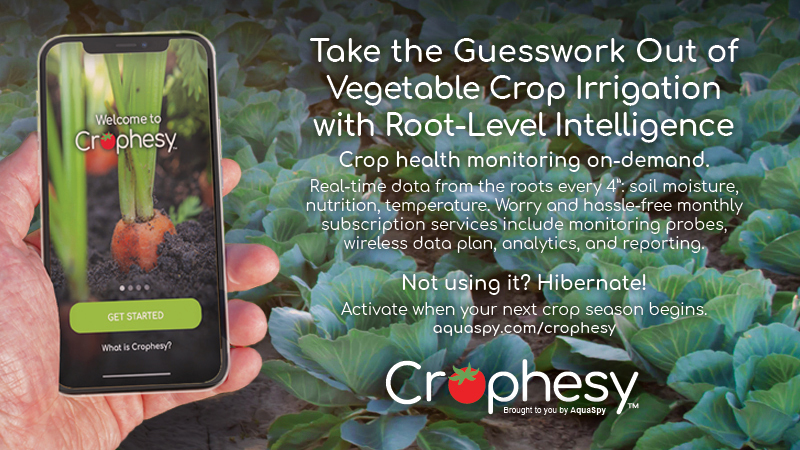Late Summer And Fall Vine Management Tips

As we move into the fall, the grapes are maturing, and we, as growers, start to relax. But this is not a time to become complacent. Rather, we should pay close attention to irrigation and focus on fall fertilization and developing our vine management strategy for next season.
Whatever actions that have been taken to enhance the quality of the fruit were mostly completed prior to veraison (berry softening). During this fruit-maturing period, soil moisture should be kept at moderate levels to allow the berries to develop soluble solids (sugar) and flavor characteristics. Excessively dry soils and the resulting vine stress will actually slow down the berry maturing process. This is particularly important in arid areas (most of California) and can be important when summer rainfall is low in the Midwest and on the East Coast.
There is a perception among some growers that the only way to achieve “quality” grapes is by stressing the vines (and fruit) during the late summer and early fall. Allowing or encouraging excessive severe vine stress during this time period will increase sugar levels in the fruit. However, this inhibits the vine’s ability to develop sugars and flavors through a more natural process. Late-season stress also decreases crop yields.
After harvest, grapes are developing and expanding their root systems. To allow this process to occur, the soils must be maintained in relatively moist conditions to maintain a healthy vine. This is most important in arid regions or if fall rainfall amounts are low.
Fall Fertilization
There are three primary nutrients that growers should consider applying in the fall: nitrogen, potassium, and boron. Which of these nutrients is needed, and how much of each, should have been decided through observing the vines combined with bloom time and/or veraison petiole analysis.
– Nitrogen (N) — Much of the nitrogen used by grapevines for growth in spring is derived from nitrogen taken up during the prior fall; therefore, between 20% and 50% of the nitrogen applied for the season should be applied in the fall.
– Potassium (K) — During the 30 days after harvest, grapevines are acquiring and storing potassium (potash) for next season’s vine growth. The fall is a good time to apply this fertilizer. The soil can be used for storage of K for vine uptake in the fall and again when K is taken up by the vines next spring between bloom and veraison.
– Boron (B) — If a vineyard has a need for boron, the fall or winter are ideal times to make applications. With a drip irrigation system, postharvest injections of boron are very effective. With non-irrigated or flood irrigated vineyards, boron can be mixed with a winter herbicide spray. Remember that boron is a micronutrient and only small amounts are needed.
Pruning And Crop Management
Fall is an ideal time to determine the winter pruning levels for individual vineyards and to plan your vine balance strategy for next season. Experienced grape growers can assess vine balance by looking at vines during the season and judging the amount of fruit in relation to the canopy size. Growers with less experience can determine vine balance by gathering specific data from the vines.
Select and mark individual vines in vigorous, average, and weaker growth areas of the vineyard. Just before harvest, strip and weigh the fruit clusters. This will give you the pounds of fruit produced by each vine. Prior to pruning, go to the same vines, prune them, and weigh the prunings. Determine the vine balance by calculating the crop-to-pruning weight ratio. For instance, a vine with 30 pounds of fruit and 5 pounds of prunings will have a crop pruning weight ratio of 6.0.









